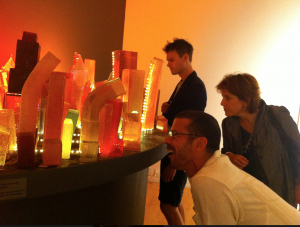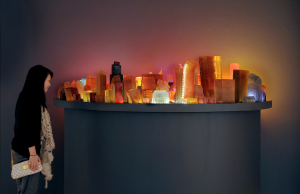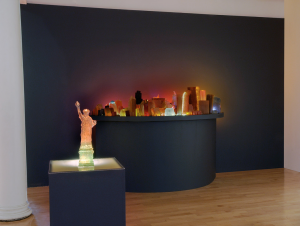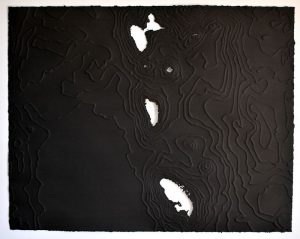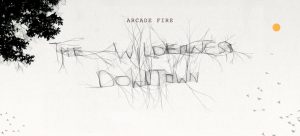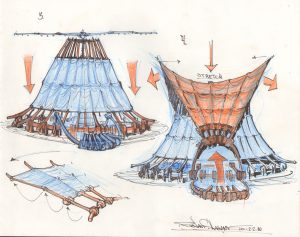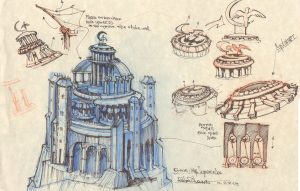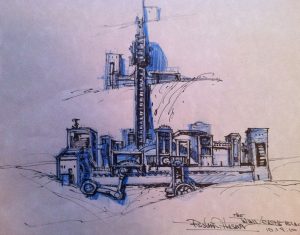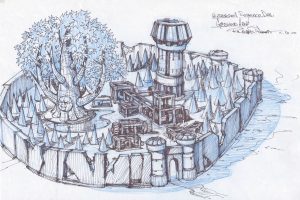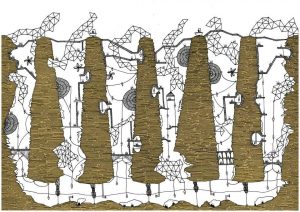Iñaki Aliste Lizarralde draws floor plans from famous TV apartments, creating real-world maps of fictional settings. His drawing of the “Friends” apartment is part of the You Are Here: NYC collection, and many of his other maps represent New York as well. For example, he has done drawings of the apartments of Carrie Bradshaw, Holly Golightly, Will & Grace and Lucy & Ricky, all set in New York but never truly existing within the city. These sets were mostly created in Los Angeles (with exception of the apartments of Bradshaw and Golightly, which were created on stage in New York), but are nevertheless an integral part of the populace’s perception of the city of New York.
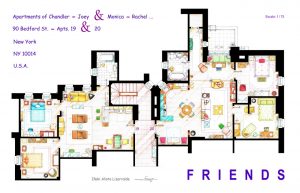
This emphasis on the New York setting leads me to think of how Vancouver does not have a single map like this, despite being a filmmaking hub. Instead maps are made of the other places in the world that Vancouver represents on screen – like the video, “Vancouver Never Plays Itself.” This video visually maps many of the places Vancouver has pretended to be and is an interesting contrast to Lizarralde’s New York floor plans.
 Follow
Follow